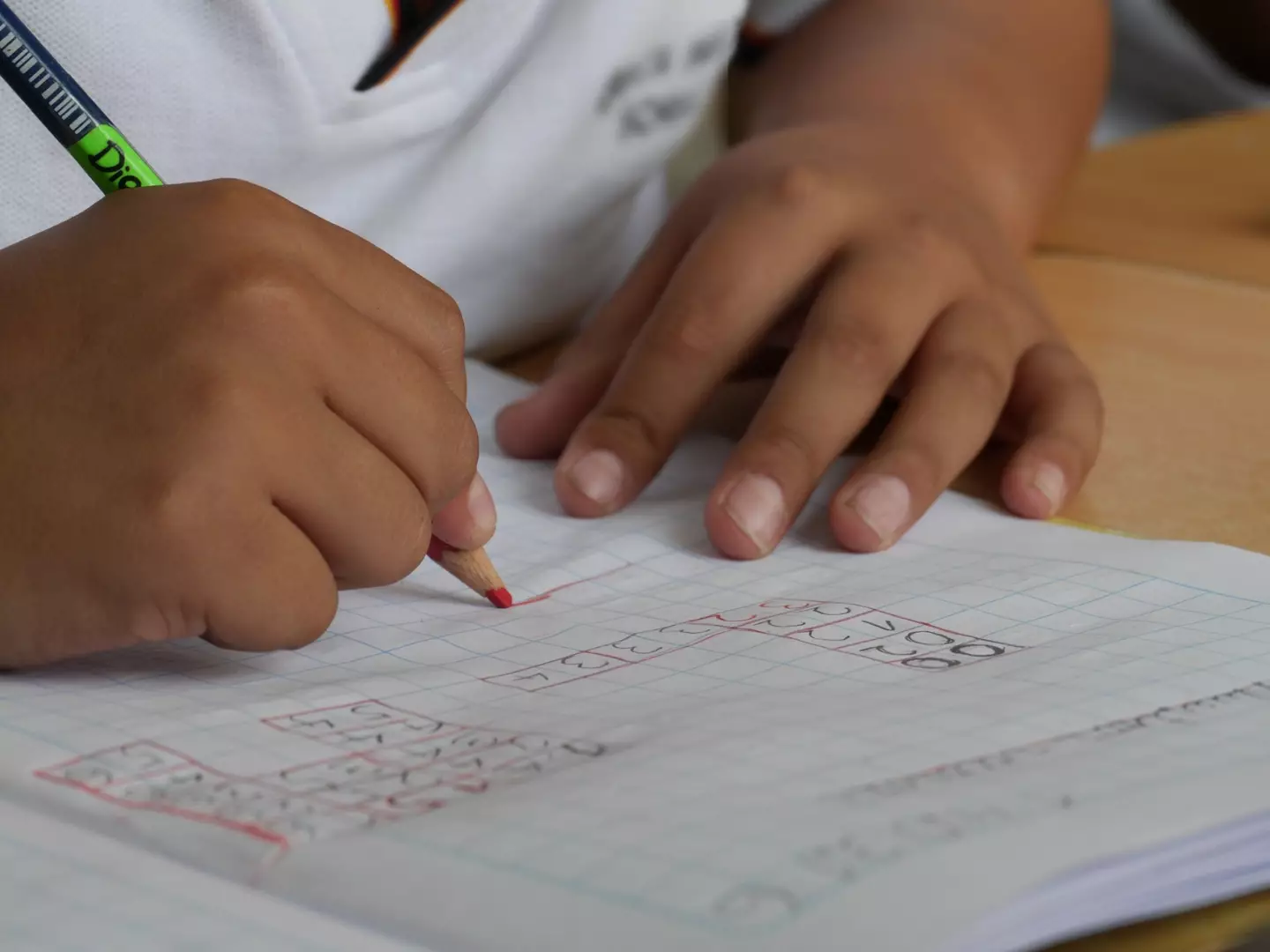
Ready to find out if you're smarter than your mates?
Don't worry, you don't have to sit through some laborious test or make it through a whole episode of The Chase for the result - you just need to challenge them to the world's shortest IQ test.
What else have you got to do on a Friday?
Before you get too cocky, though, it's worth noting that while this test only has three questions, more than 80 percent of people fail it.
The test was first published by professor Shane Frederick in 2005, when he tested it on 3,000 participants and found that only 17 percent managed to score 3/3.
Advert
For almost 20 years since then, the test has been floating around and occasionally resurfacing, ready to frustrate a whole new collection of players.
So... what are we waiting for? Here are the questions:
1. A bat and a ball cost $1.10 in total. The bat costs $1 more than the ball. How much does the ball cost?
Remember, don't rush into your answers. Frederick was looking for a test for high IQ - the answer might not always be as simple as it seems.

Advert
Right, on to the next one.
2. If it takes five machines five minutes to make five widgets, how long would it take 100 machines to make 100 widgets?
That's right, we're getting really mathematical now. Anyone else getting GCSE flashbacks?
Now for the third and final question - the last one you need to get right if you want to make it into that 17 percent.
3. In a lake, there is a patch of lily pads. Every day, the patch doubles in size. If it takes 48 days for the patch to cover the entire lake, how long would it take for the patch to cover half of the lake?
Advert
Got a headache yet? Don't worry, that's not one of the IQ questions. So, time for the answers.
People usually give the answers as 10 cents, 100 minutes and 24 days, and if that's you, congratulations! You're wrong.

What are the answers then? *Drumroll, please*: 5 cents, 5 minutes and 47 days.
Addressing the first question, Frederick explained: "Anyone who reflects upon it for even a moment would recognise that the difference between $1 and 10 cents is only 90 cents, not $1 as the problem stipulates.
Advert
"In this case, catching that error is tantamount to solving the problem, since nearly everyone who does not respond '10 cents' does, in fact give the correct response."
Still lost? Don't worry, Presh Talwalkar attempted to explain the answers in a more manageable way on his blog, Mind Your Decisions.
Bear in mind I say 'attempted to'...

Outlining the first question, he wrote: "Say the ball costs X. Then the bat costs $1 more, so it is X + 1. So we have bat + ball = X + (X + 1) = 1.1 because together they cost $1.10. This means 2X + 1 = 1.1, then 2X = 0.1, so X = 0.05. This means the ball costs 5 cents and the bat costs $1.05."
Advert
When it comes to puzzle number two, he went on: "If it takes 5 machines 5 minutes to make 5 widgets, then it takes 1 machine 5 minutes to make 1 widget (each machine is making a widget in 5 minutes). If we have 100 machines working together, then each can make a widget in 5 minutes. So there will be 100 widgets in 5 minutes."
And for the final riddle, he said: "Every day FORWARD the patch doubles in size. So every day BACKWARDS means the patch halves in size. So on day 47 the lake is half full."
Got it? Yeah, me neither.